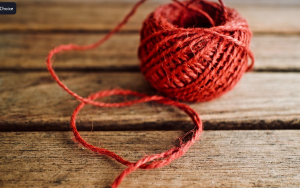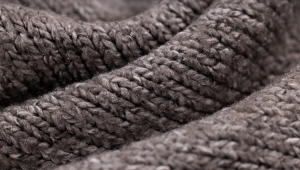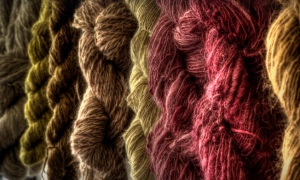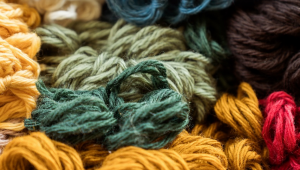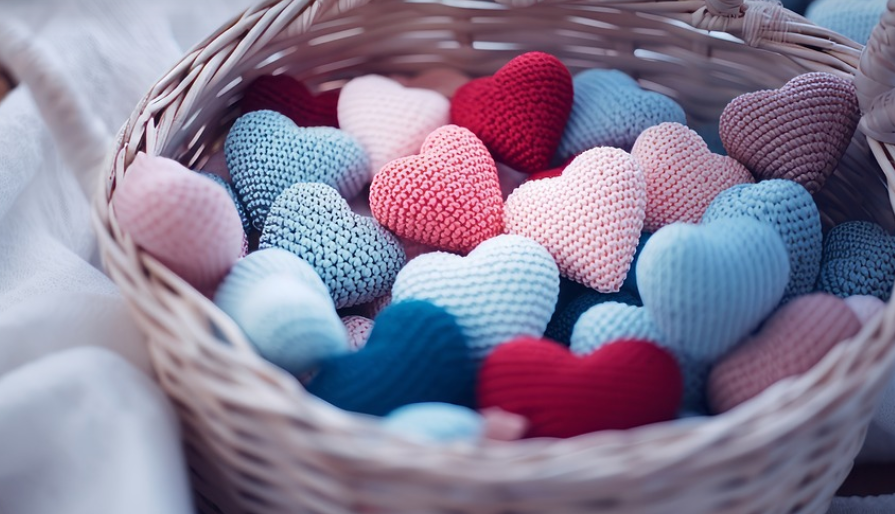
What Makes a T-Shirt So Comfy?
We’ve all experienced it: that perfect t-shirt, one you just can’t get enough of. Whether it’s the way it drapes on your shoulders or the sheer comfort against your skin, there’s something magical about those soft cotton shirts. But what exactly makes a t-shirt feel so good? And how can you find the softest possible version?
It all comes down to a combination of factors: the type of cotton fiber used, the weaving, and the finishing processes involved in manufacturing. But let’s dive into each one individually.
Understanding Cotton Fibers
The journey starts with the source material – cotton fibers. And there’s a world of difference between them.
**Egyptian Long Staple Cotton:** Often considered the gold standard, this type of cotton boasts long and strong fibers that create incredibly smooth and luxurious fabric. The longer fibers result in fewer wrinkles and a more breathable feel when worn.
**Pima Cotton: ** This variety is another top contender, known for its durability and softness due to its larger, smoother fibers that create a finer weave than other cotton types.
**Supima Cotton:** Supima is essentially Pima’s premium cousin. It undergoes strict US-grown standards, resulting in even softer texture and higher quality.
**Organic Cotton: ** This sustainably grown cotton holds its own for softness due to a naturally slower growth cycle and less chemical exposure during the process.
Choosing the right type of cotton is critical when deciding on the ultimate softest t-shirt. Ultimately, it comes down to your personal preference and how you envision wearing your t-shirts.
Weave Matters: A Closer Look
The way the fibers are woven together also plays a crucial role in determining the softness of a t-shirt:
**Jersey Knit: ** This classic knit provides comfort with its close weave, making it the go-to choice for everyday wear. It’s known for its cozy feel and breathability.
**Fleece Knit: ** For those who prefer a snuggly fit, fleece knit delivers warmth due to its tight weave and plush texture.
**Ribknit: ** This stretchy knit offers a unique combination of soft feel and structure. It’s often seen on the cuffs and collars of t-shirts and sweaters.
The Finishing Touch: Quality Matters
Once the fibers are woven together, it’s time for the finishing touches that can make or break the softness of your t-shirt:
**Slubbing;** This technique adds a slightly uneven texture to the fabric. This helps enhance the fabric’s natural breathability and gives it a luxurious feel.
**Shrinkage Control:** A key feature for avoiding uncomfortable tightness after washing and drying, this process ensures the finished t-shirt will fit perfectly without sacrificing softness.
**Pilling Resistance: ** This is particularly important when looking for durability. The use of special treatments makes your t-shirt last longer while maintaining its soft texture and minimizing pilling.
Finding Your Softest T-Shirt
With a foundation in the right type of cotton, weave, and finishing processes, you can now explore different brands and manufacturers to find the one that aligns with your criteria.
**Read reviews:** See what other customers are saying about their experience with specific brands and styles.
**Experiment with textures: ** Try out a variety of t-shirt types like jersey, fleece, or ribbed to understand which texture you find most comfortable.
**Consider your layering needs: ** If you prefer something especially soft for colder days, look for heavier weight fabrics.
**Don’t underestimate the power of fit: ** A t-shirt that fits perfectly can feel incredibly luxurious. Find a brand and style that feels right on your body – comfortable, relaxed, and most importantly, soft.
